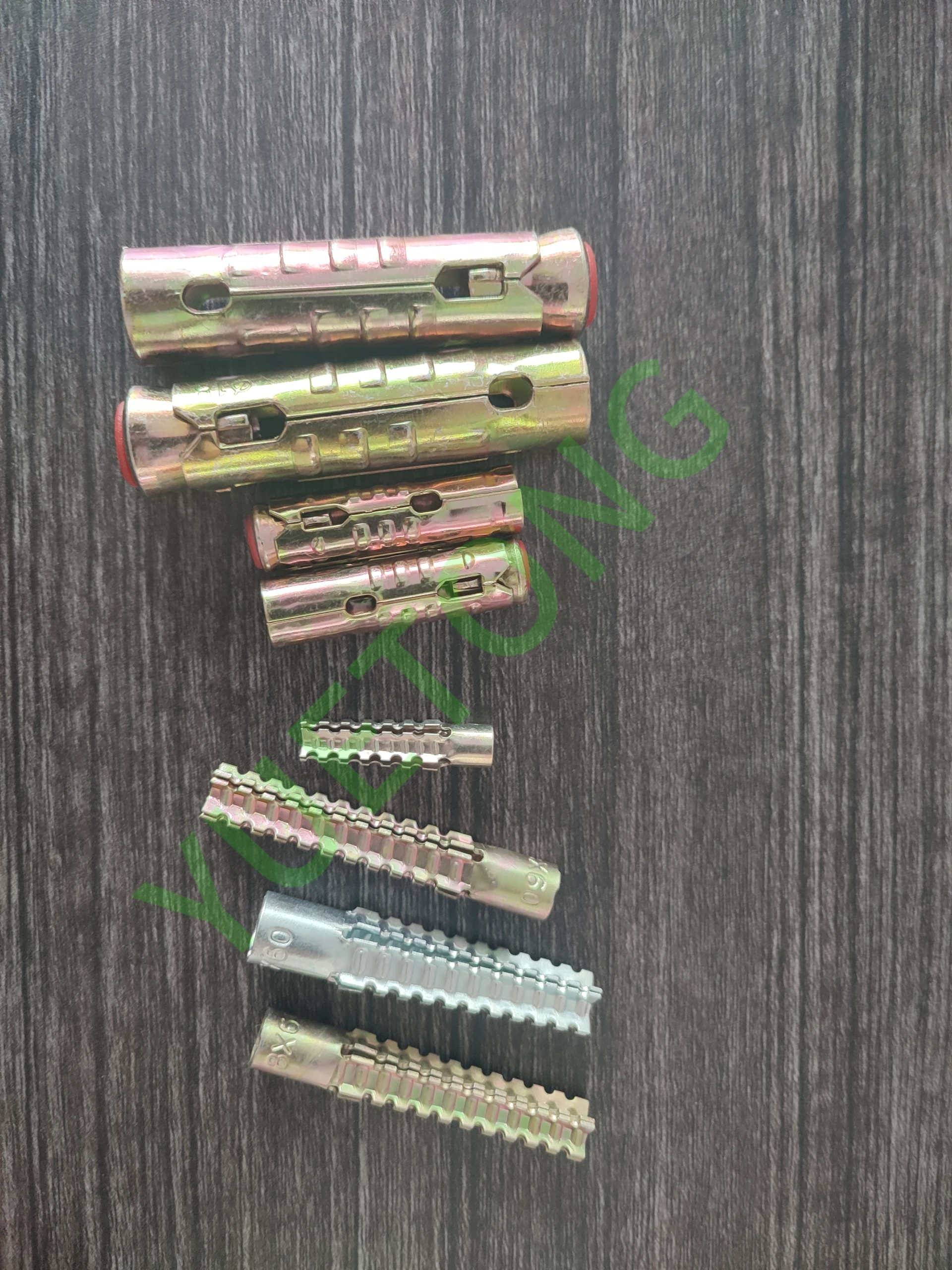дек. . 25, 2024 00:52 Back to list
Different Types of Screw Threads and Their Applications in Engineering
Understanding Screw Thread Types
Screw threads are one of the most critical components in mechanical design and engineering. They provide the necessary means for fastening, holding together, and allowing for adjustment of various assemblies. With numerous types of screw threads available, each designed for specific applications, understanding these variations is essential for engineers, designers, and technicians alike.
Types of Screw Threads
1. Unified Thread Standard (UTS) The Unified Thread Standard is widely used in the United States and Canada. It categorizes threads into various series, such as the coarse thread and fine thread series. Coarse threads, which have a larger pitch, are typically utilized in applications where easy assembly and disassembly are required, while fine threads provide better tensile strength and precision in fastening.
2. Metric Threads The metric thread system is utilized globally and is standardized by the International Organization for Standardization (ISO). Metric threads are designated by the nominal diameter and pitch, with common variations including coarse (for general use) and fine (for precision). This system has gained immense popularity due to its simplicity and consistent measurements.
3. Acme Threads Acme threads are designed for power transmission, often found in lead screws of machine tools and actuators. They have a trapezoidal profile, which makes them more robust than standard square threads. Due to their design, Acme threads can bear heavy loads and enable smoother motion, making them ideal for screw jacks and other mechanical applications.
4. Square Threads Square threads are another type commonly used in applications requiring high torque and power transmission. Due to their squared profile, they provide maximum contact area and minimize wear when under load. However, they are more challenging to manufacture and not as easy to assemble as other types, which limits their use primarily to specialized applications.
screw thread types

5. SAE Threads The Society of Automotive Engineers (SAE) thread standard includes a range of thread designs, primarily used in the automotive and aerospace industries. These threads may be coarse or fine, but they share similar design characteristics with UTS threads. SAE threads ensure standardization across industries where safety and reliability are paramount.
6. Pipe Threads Pipe threads are designed for fluid and gas connectivity. The American National Standard Taper Pipe Thread (NPT) is one of the most common types. It features tapered threads that create a seal as they tighten together, crucial for preventing leaks. Understanding the specifications and applications of pipe threads is essential for plumbing and piping engineering.
7. British Standard Whitworth (BSW) The BSW thread standard was one of the first standardized thread systems developed in the mid-19th century. Although it has largely been replaced by metric and unified standards, it is still used in certain applications, primarily in the UK. BSW threads have a rounded profile and a specific pitch, making them distinct from other thread types.
Choosing the Right Thread Type
Selecting the appropriate screw thread type for a given application involves considering several factors, including load requirements, environmental conditions, and assembly methods. For instance, in high-stress environments, engineers may favor Acme or square threads for their strength and durability. Conversely, in applications requiring frequent assembly and disassembly, UTS or metric coarse threads may be more appropriate due to their ease of use.
Conclusion
Screw threads are pivotal to countless mechanical systems, and their variations serve specific purposes. From the widely used Unified Thread Standard to specialized types like Acme and square threads, understanding the differences between these thread types allows for better design decisions and more reliable assemblies. Engineers and technicians must assess their project requirements carefully to choose the right thread type, ensuring safety, functionality, and longevity in their applications. Whether it’s securing machinery components or facilitating fluid flow, the right screw thread can make all the difference in the effectiveness of a design.


